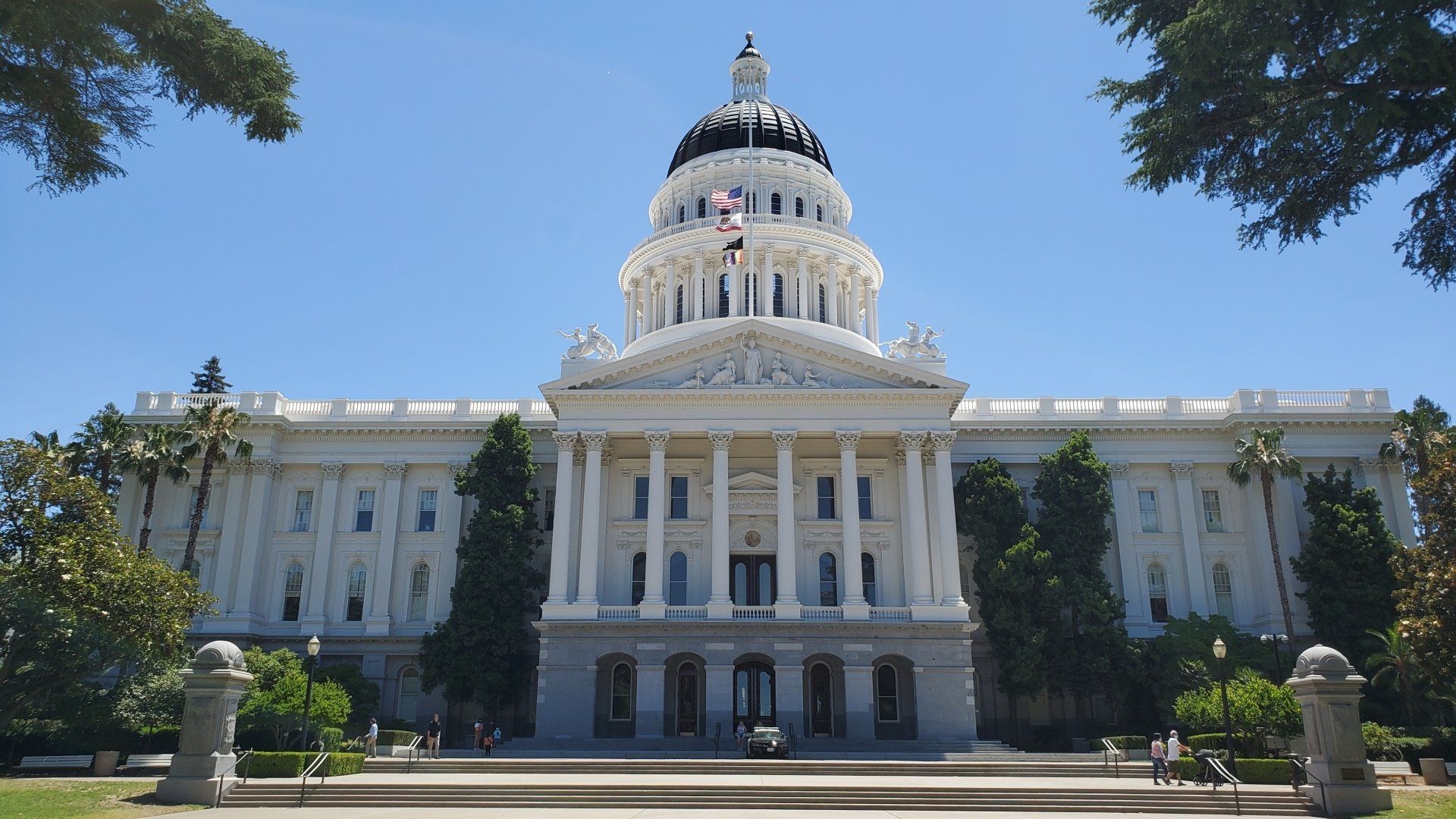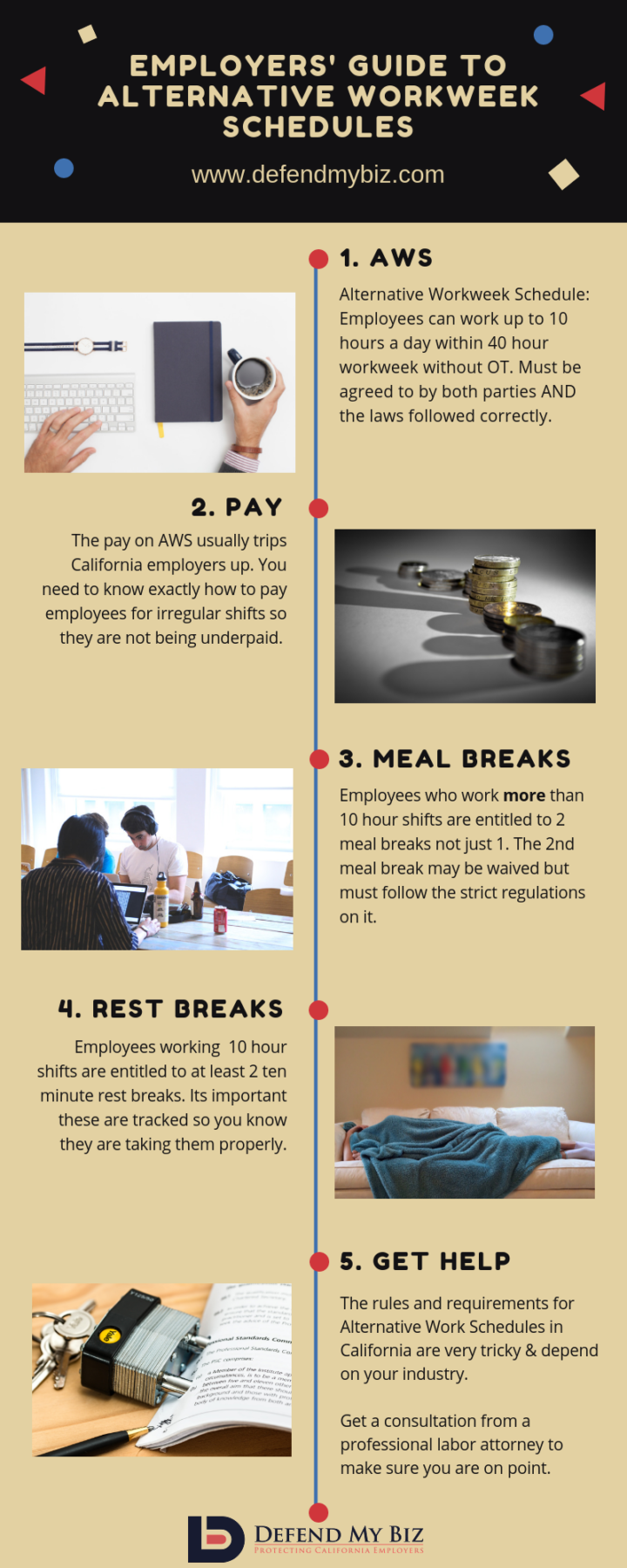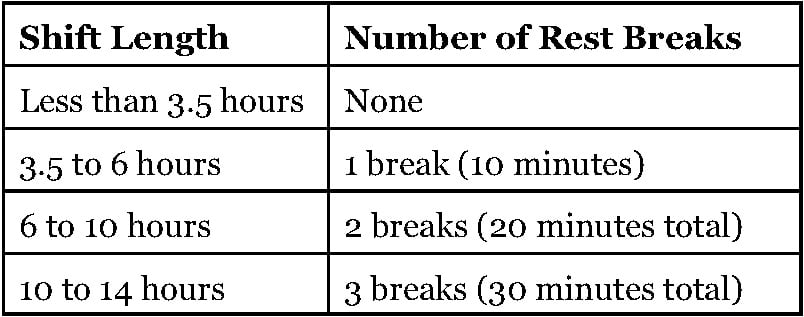

If you can’t relieve the employee to take the meal break:Įmployees can take on-duty meal periods only in certain (limited) circumstances. The employer and the employee both agree to waive the break.Employee will not work more than 15 hours that day.

ALL of the following conditions must be true to waive this third break: Just as with the first two rules, this third meal break can be waived only certain conditions are met. If an employee in California works more than 15 hours, the employer must provide a third 30-minute meal break, and the break must take place before the end of the 15th hour. The first meal break of the workday was not waived.Both employer and employee agree to waive the break.

#Lunch break laws california plus
Although Jane would be paid eight hours for the day (four hours worked plus four hours of sick leave) she would not actually work enough hours to trigger the meal break requirement. If Jane was planning to leave work at noon for a medical procedure and use sick leave for the rest of the day, she would not be entitled to a meal break because she would be working less than five hours. to 4:30 p.m., and normally takes a half-hour lunch around noon. Jane regularly works an eight-hour day from 8 a.m. It’s important to remember though that all required 10-minute rest breaks do count as time worked for calculating meal break requirements, even though employees are not working during their rest breaks.Īnother situation that sometimes causes confusion is where an employee takes time off during the day, such as for a medical appointment, and uses paid leave time: The law looks to how many hours the employee actually worked, not the total number of hours of the assigned shift. But since Joe’s shift is 10 hours and 15 minutes long, is he then entitled to a second meal break? The answer is no since Joe actually worked only nine hours and 45 minutes because he took a 30-minute meal break. Because Joe is scheduled for more than six hours, he of course must take at least one 30-minute meal break. to 6:15 p.m., which is 10 hours and 15 minutes. When calculating hours worked, we look at the total shift length and subtract out any unpaid meal periods or other time off. However, that second meal break may be waived by mutual consent so long as the employee works no more than 12 hours and as long as the first meal break of the day was actually taken.Ĭonfusion over meal break requirements can arise when comparing shift length to hours worked.

Compliments of HRWatchdog – HR Californiaįirst, let’s take a look at the basic meal break requirements for nonexempt employees in California:


 0 kommentar(er)
0 kommentar(er)
